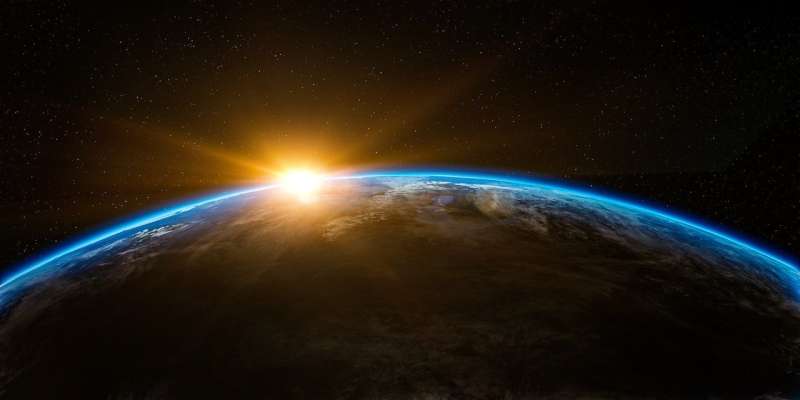This article has been reviewed according to Science X's and . have highlighted the following attributes while ensuring the content's credibility:
fact-checked
peer-reviewed publication
trusted source
proofread
Scientists recreate deep space chemistry linked to first metabolic systems on Earth

Prebiotic molecules central to life's earliest metabolic processesÔÇöchemical reactions in cells that change food into energyÔÇömay have been born in deep space long before Earth existed, according to new research from the University of Hawai╩╗i at M─ünoa Department of Chemistry.
Scientists in the W. M. Keck Research Laboratory in Astrochemistry have recreated the extreme conditions found in dense interstellar clouds and discovered a way for the complete set of complex carboxylic acidsÔÇöcritical ingredients in modern metabolismÔÇöto form without life on timescales equivalent to a few million years.
The study, published in the , focused on molecules such as those in the Krebs cycle, a fundamental metabolic pathway used by nearly all living organisms. These molecules, which help break down nutrients to release energy, may have cosmic origins, forming in the icy, low-temperature environments of interstellar space.
In their lab, researchers simulated those conditions by freezing simple gases to near absolute zero and exposed them to ubiquitous galactic cosmic ray proxies, then slowly warming them to mimic the heating that occurs as new stars form.
Under these conditions, a complete suite of organic acids, including mono-, di- and tricarboxylic acids, of the Krebs cycle was formed. These are the same compounds found in carbon-rich asteroids and meteorites such as Ryugu and Murchison, which have been linked to the early chemistry of life on Earth.
The findings support the idea that early Earth may have inherited a "starter kit" of life's building blocks from space. As planets form from the dust and gas around newborn stars, these prebiotic molecules could be delivered by comets or asteroidsÔÇöjumpstarting chemical processes that eventually lead to life.
"This work shows that the basic ingredients for life's chemistry could have been made in space, long before Earth even formed," said UH M─ünoa Department of Chemistry Professor Ralf I. Kaiser. "By simulating these deep space environments right here in Hawai╩╗i, UH scientists are helping uncover how life might start not just on Earth, but anywhere in the universe."
Mason Mcanally, Department of Chemistry graduate student and lead author of the study, added, "The unique research happening in the islands puts Hawai╩╗i at the forefront of astrobiology and space chemistry."
More information: Mason McAnally et al, Abiotic origin of the citric acid cycle intermediates, Proceedings of the National Academy of Sciences (2025).
Journal information: Proceedings of the National Academy of Sciences
Provided by University of Hawaii at Manoa





















